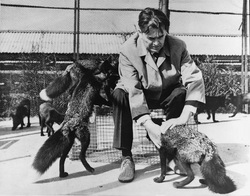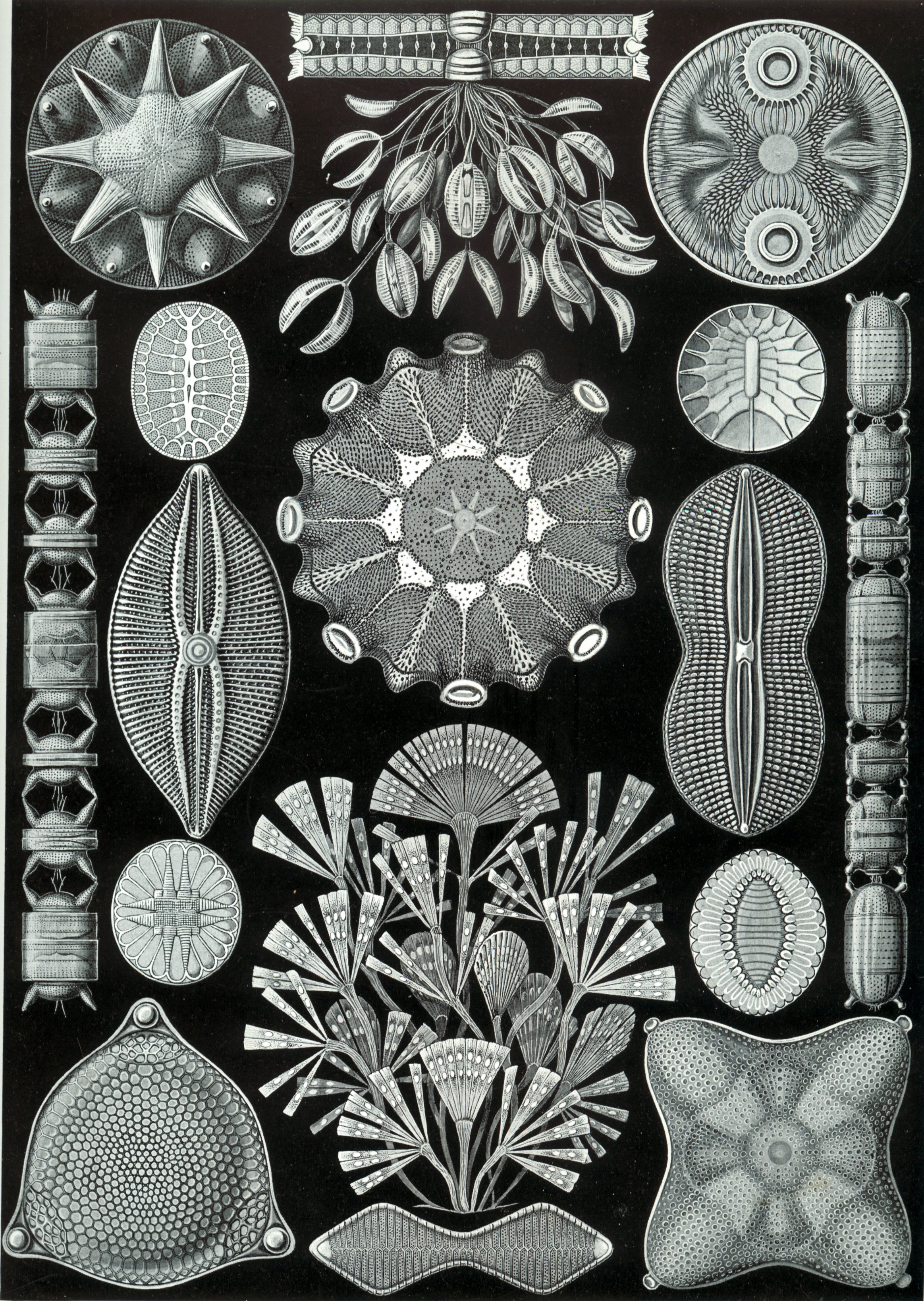 Despite my curiosity about biology, I have always been a bit squeamish about human blood and guts. For example, I found the The Knick and Dr. Mutter's Marvels fascinating, but I recoiled at some of the scenes from medical history. I think I was focused on the history and not the grim details when I decided to read Lindsey Fitzharris' new book The Butchering Art: Joseph Lister's Quest to Transform the Grisly World of Victorian Medicine. It is likely that Fitzharris' excellent Twitter feed, where she shares medical oddities and amazing stories from medical history, influenced my decision as well.
Despite my curiosity about biology, I have always been a bit squeamish about human blood and guts. For example, I found the The Knick and Dr. Mutter's Marvels fascinating, but I recoiled at some of the scenes from medical history. I think I was focused on the history and not the grim details when I decided to read Lindsey Fitzharris' new book The Butchering Art: Joseph Lister's Quest to Transform the Grisly World of Victorian Medicine. It is likely that Fitzharris' excellent Twitter feed, where she shares medical oddities and amazing stories from medical history, influenced my decision as well. The Butchering Art includes a clear and sometimes sobering account of the realities of hospitals during Lister's career. Several major infections plagued hospitals of the era and gave them the nickname of "Death Houses". In addition, the need for bodies for surgeons to practice their craft fueled a profitable trade in grave robbing, body snatching, and even encouraged murder.
 |
| Lister's microscope, via Wikimedia Commons |
This confidence in the powers of microscopy would serve Lister well throughout his medical career. Young Lister brought a microscope to medical school with him. While his instructors noted that it was the best one in the school, they did not yet appreciate what the tool could offer to clinicians and surgeons; in fact, they even viewed it as "a threat to the medical establishment itself." Lister published several scientific manuscript in microscopy journals describing his investigations. This included results on the composition of the iris, which he learned from observing specimens from horses, cats, rabbits, and guinea pigs.
Bringing a scientific and critical eye to medicine was a unique strength of Lister. Throughout his career he found other doctors who approached medicine this way. These included the physiologist William Sharpey and the cutting-edge surgeon James Syme. These men allowed Lister to develop his skills both as an experimentalist and as a surgeon. Lister and Syme were also integral in transforming the approach to medical education.
 |
| Lister's carbolic steam spray; from Wellcome images |
Despite the success of his techniques, other surgeons were slow to adopt anti-septic practices. Those that did try the techniques claimed that the results were not convincing. Lister published a series of papers with clear and reproducible methods in the Lancet, which served as an important platform for the debate on anti-septic practices.
This apprehensiveness to Lister's findings, even in the face of increasing evidence was a major theme of the book, one that fits within the structure of scientific revolutions. There's this scene in the movie 12 Monkeys, where Jeffrey (played by Brad Pitt) talks about the scientific revolution that accompanied germ theory. Jeffrey gives the example of Ignaz Semmelweis, who was generally considered to be crazy for believing in something that couldn't be seen with the naked eye. This allegedly drove Semmelweis to insanity (there is some debate about that idea). Things turned out better for Lister, who eventually became a surgeon to the queen and the namesake of Listerine.
While the book does include some of the shocking details of surgery before ether and anti-septic, at its core The Butchering Art is a story of a revolutionary doctor who changed the way medicine was taught and practiced. The book was an immensely readable and fascinating look at medical and scientific history.














